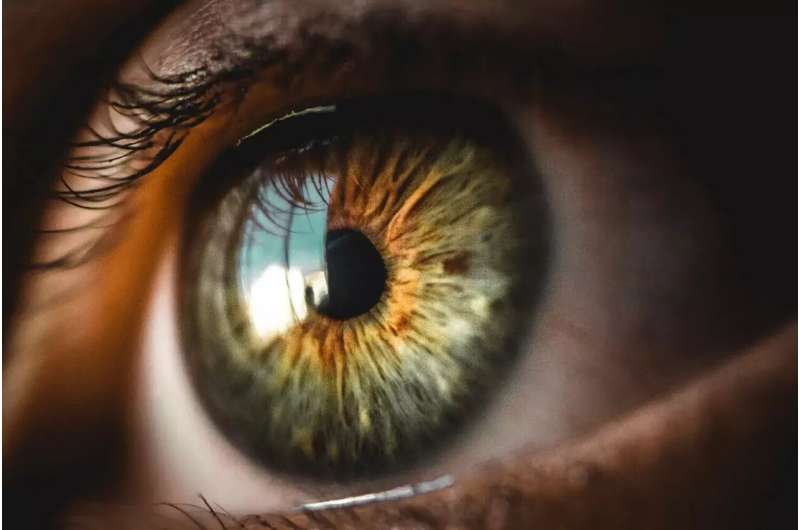This article has been reviewed according to Science X's editorial process and policies. Editors have highlighted the following attributes while ensuring the content's credibility:
fact-checked
peer-reviewed publication
trusted source
proofread
The anterior chamber of the eye as a servant to medical research

To mechanistically understand what happens in the living body under physiological and pathological conditions, requires a non-invasive high spatiotemporal resolution research tool. It has been challenging to create such a tool and tremendous time and effort have been committed to solving this difficult task.
In 1873 van Dooremaal made the first successful transplantation of living tissues into the anterior chamber of the eye (ACE) of mammals. Following his pioneering work, significant advances have been made in improving this approach. In 2008 the Signal Transduction group established the ACE technology for non-invasive, longitudinal and intravital micro-imaging of real-time morphology and function of intracameral grafts.
They have now reviewed the anatomical, optical and immunological bases as well as technical details of the ACE technology and discuss major achievements obtained and potential prospective avenues for this technology. This review article is published in Physiological Reviews.
"The ACE is distinct in its anatomy, optics and immunology. This endows the ACE with the special nursery bed iris enriched in vasculatures and nerves and makes the ACE a confined space enclosing an oxygen/nutrient-rich, immune-privileged and less stressful milieu as well as an optically transparent media.
"The ACE unexpectedly serves as an excellent transplantation site for different body parts and a unique platform for non-invasive, longitudinal and intravital micro-imaging of different grafts," says Dr. Shao-Nian Yang, first and corresponding author of the article and Senior Research Specialist/Docent at the Rolf Luft Research Center for Diabetes and Endocrinology, Department of Molecular Medicine and Surgery, Karolinska Institutet.
"Studies using the ACE technology as a versatile biomedical research platform have led to a diverse range of basic knowledge and in-depth understanding of a variety of cells, tissues and organs as well as artificial biomaterials, pharmaceuticals and abiotic substances" says Dr. Yue Shi, author of the article and Research Specialist at the Rolf Luft Research Center for Diabetes and Endocrinology.
"To apply the ACE technology as a high spatiotemporal resolution tool for understanding biological events, pathological mechanisms and theraputic effectiveness in vivo turns intravital dynamic imaging of the morphological characteristics, organotypic features, developmental fates and specific functions of intracameral grafts into reality.
"It is now the right time to summarize the relevant knowledge on the ACE technology and publish it as a knowledge resource in Physiological Reviews," says Professor Per-Olof Berggren, corresponding author of the article and Research group leader at the Rolf Luft Research Center for Diabetes and Endocrinology.
More information: Per-Olof Berggren et al, The anterior chamber of the eye technology and its anatomical, optical and immunological bases, Physiological Reviews (2024). DOI: 10.1152/physrev.00024.2023



















